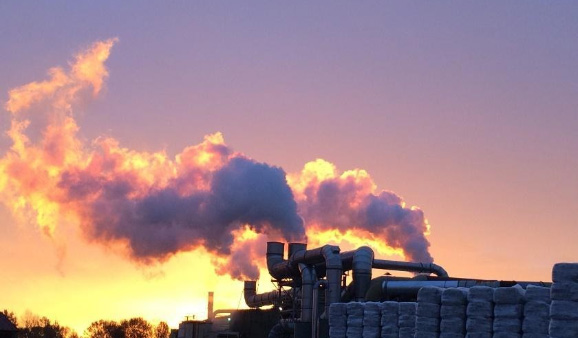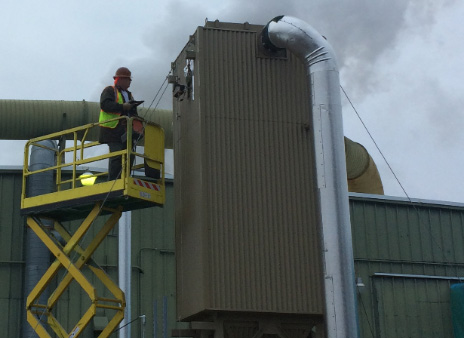
Facility Challenges With Existing Wet Scrubbers
- Existing wet scrubber systems were not capable of achieving air quality compliance.
- Production downtime caused by wet scrubber system operational problems.
- Fresh river water used to provide make up water for scrubber system due to evaporation out stacks and blowdown.
- Elevated noise produced by wet scrubber systems, plant operating in a noise sensitive location.
The Project Development Process - Converting from Wet to Dry Technology
- Pilot testing to demonstrate technology, verify performance, and identify system design priorities.
- Develop design criteria for a full scale system.
- Develop project costs, timeline, and preliminary design.
- Evaluate impacts to production during construction and develop strategies to mitigate.
- Coordinate with all local, state, and federal regulatory agencies.

Pilot Technology Application to Validate Control Efficiency

The Project
- Replaced all Wet Scrubbers with Dry Filter Technology
- Implemented new equipment with minimal production downtime.
- Installed state-of-the-art dry material injection systems.
- Commissioned hardware, software, and safety interlock systems.
- Optimized operations of dry technology to improve production efficiency.
Beneficial Outcomes
- The new dry technology provides continuous advantages to the plant such as improved process control for plant operations and less electrical power required.
- Positive environmental outcomes such as improved emission control efficiency, eliminated the need for fresh river water, and reduced noise pollution.

